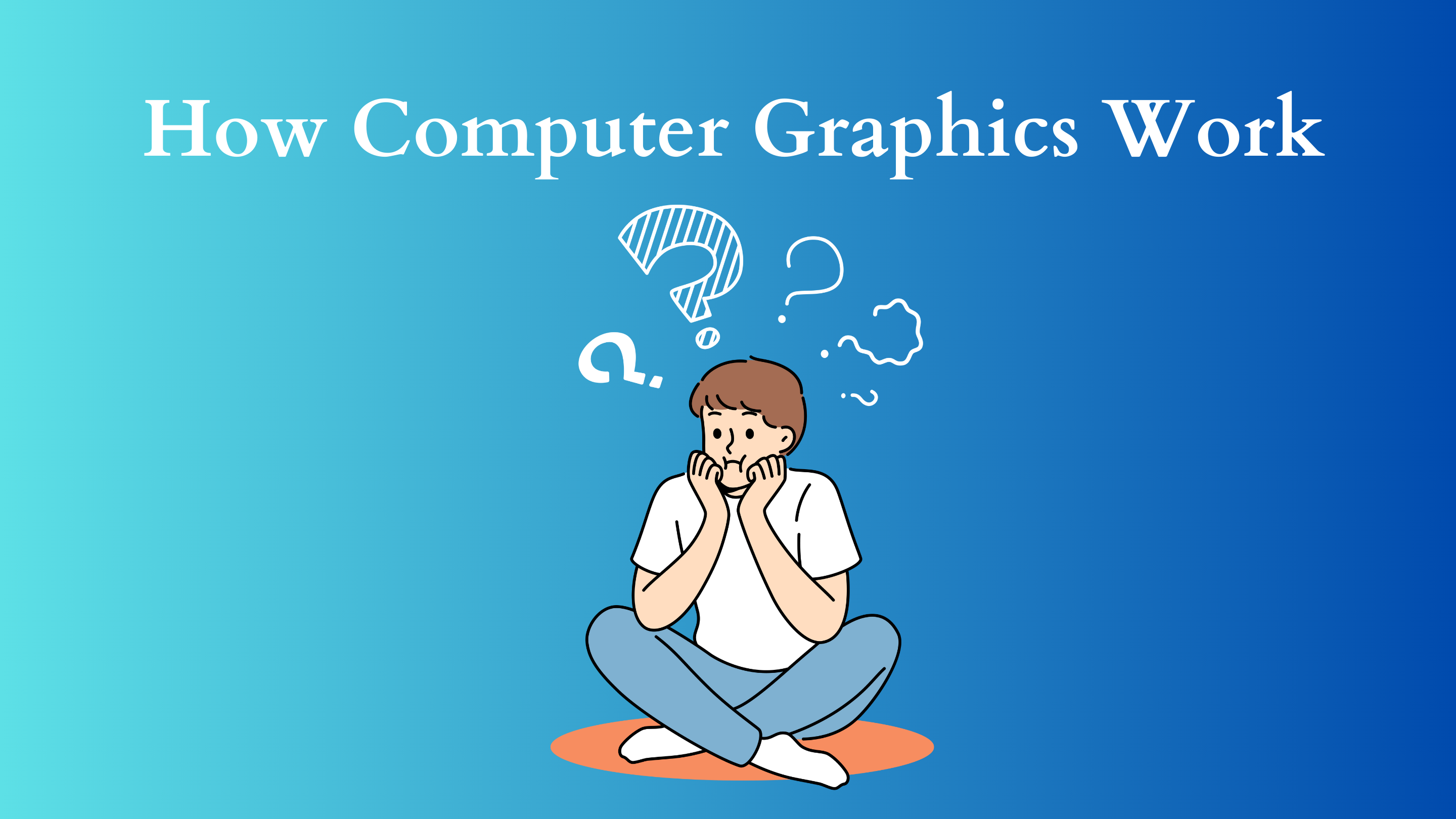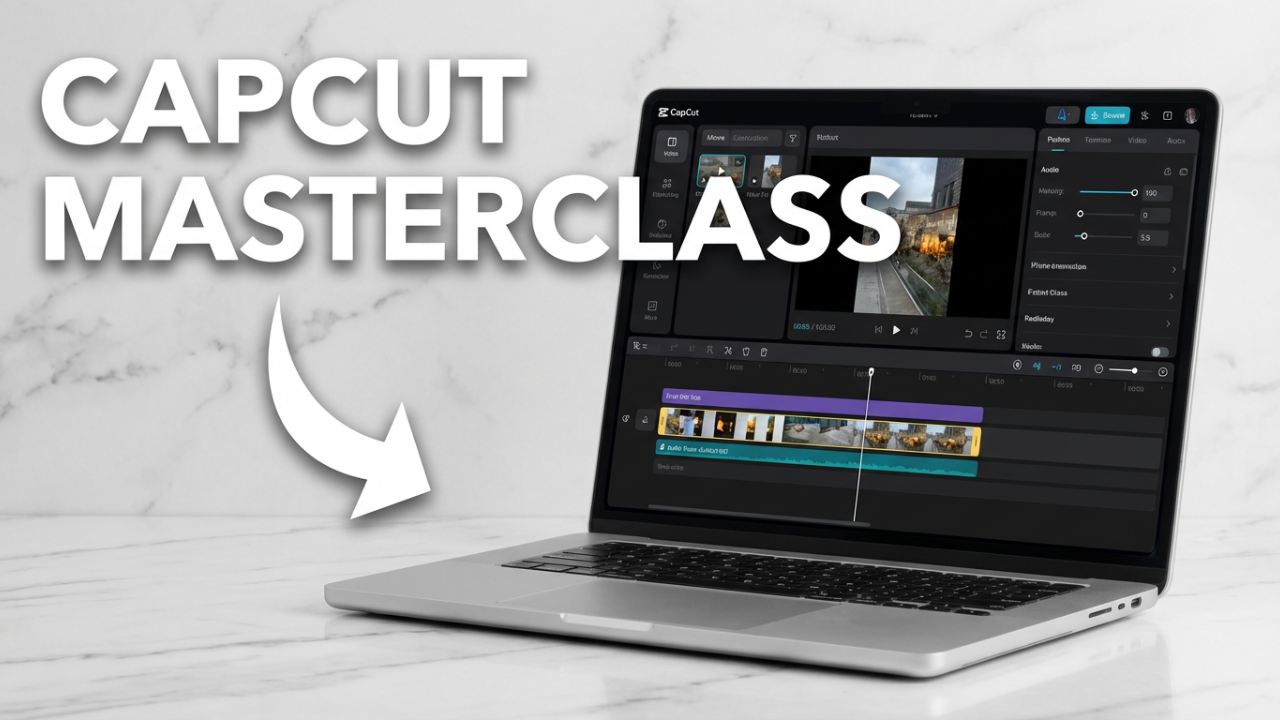How Computer Graphics Work: An In-Depth Exploration
Computer graphics are an integral component of the technological landscape, underpinning a vast array of applications that range from video games and movie animations to scientific visualizations and user interfaces. At its core, computer graphics is the science of generating visual content through computational means. In this blog post, we will delve into the fundamental principles, components, and processes that make computer graphics work, providing a comprehensive overview suitable for both newcomers and those seeking deeper insights into the subject.

Understanding Computer Graphics
Definition and Scope
Computer graphics can be defined as the creation, manipulation, and representation of visual images using algorithms and mathematical models. It encompasses two main categories: 2D graphics, which involve flat images displayed on a screen, and 3D graphics, which create the illusion of depth and dimensionality. The variety of applications relies on the complexity and capabilities of rendering techniques, hardware, and software used in creating these visuals.
Applications of Computer Graphics
The applications of computer graphics are widespread. Some notable examples include:
- Video Games: 3D modeling, animation, and real-time rendering produce immersive gaming experiences.
- Movies and Animation: Special effects and animated characters rely on complex rendering processes to bring stories to life.
- Simulations and Visualizations: Fields such as medicine, engineering, and geoscience utilize computer graphics to visualize data and simulations, aiding in decision-making and education.
- User Interfaces: The design of web pages, applications, and operating systems relies heavily on 2D graphics to create user-friendly experiences.
The Building Blocks of Computer Graphics
Hardware Components
The hardware used in computer graphics plays a critical role in performance and output quality. Key components include:
- Graphics Processing Unit (GPU): A dedicated processor designed to accelerate the rendering of images and handle complex calculations related to graphics. Modern GPUs are essential for intensive tasks such as 3D rendering and real-time video games.
- Central Processing Unit (CPU): While the GPU is optimized for parallel processing of graphics, the CPU handles the overall system’s computations, including logic, control, and processing of non-graphical tasks.
- Memory: Graphics applications require significant memory bandwidth and capacity. Graphics cards often come equipped with dedicated video memory (VRAM) to store textures, models, and frame buffers.
Software Components
The software utilized in computer graphics ranges from low-level programming languages to high-level graphic design applications. Key categories include:
- Graphic APIs: Application Programming Interfaces such as OpenGL, DirectX, and Vulkan provide developers with standardized methods to interface with the GPU, allowing for rendering and resource management.
- Graphic Design Software: Programs like Adobe Photoshop, Blender, and Autodesk Maya are used by artists to create 2D and 3D content through a user-friendly interface.
- Game Engines: Comprehensive systems like Unity and Unreal Engine facilitate game development, providing built-in functionality for physics, rendering, and scripting.
The Process of Creating Computer Graphics
Understanding how computer graphics are created involves examining several critical processes, which can be broken down into key stages.
1. Modeling
Modeling is the process of creating a representation of a 3D object. This can be achieved through various techniques:
- Polygonal Modeling: The most common method that uses vertices, edges, and faces to create 3D shapes. Models are often made up of thousands or millions of polygons, depending on the required detail.
- NURBS and Subdivision Surfaces: Techniques that allow for smooth curves and surfaces. NURBS (Non-Uniform Rational B-Splines) provide a mathematical representation of curves, enabling the creation of smooth geometries.
2. Texturing
Texturing involves applying images (textures) to the surfaces of 3D models to give them color, detail, and realism. This process typically includes:
- UV Mapping: The technique of unwrapping a 3D model’s surface into a 2D image format to apply textures without distortion.
- Texture Types: Various textures, including diffuse maps (color), specular maps (shininess), normal maps (surface detail), and bump maps (height variations), enhance realism.
3. Lighting
Lighting is crucial in setting the mood and realism of a scene. Techniques include:
- Ambient Lighting: Provides a base level of illumination uniformly in the scene.
- Directional Lighting: Simulates sunlight by creating parallel light rays that cast shadows.
- Point and Spot Lights: Create light sources that emit from a point in all directions (point lights) or in a specified direction (spot lights), allowing for more dynamic light interactions.
4. Rendering
Rendering is the final stage in creating computer graphics, transforming the 3D models, textures, and lighting into a 2D image or animation. This step can be computationally intensive, involving two principal approaches:
- Rasterization: The most common technique used in real-time applications, such as video games. It converts 3D models to pixels on a 2D screen by mapping vertices of polygons to screen coordinates.
- Ray Tracing: A more computationally expensive method that simulates the way light interacts with objects to achieve photorealistic images. It traces the path of rays of light as they traverse the scene and interact with various surfaces.
5. Animation
Animation breathes life into models by creating the illusion of movement. This process can be divided into two main categories:
- Keyframing: Defining specific points in time where an object’s position, rotation, or scale changes, and allowing the software to interpolate the intermediate frames.
- Procedural Animation: Uses algorithms to create motion. Physics-based simulations (e.g., ragdoll effects) can be used to generate realistic movements based on environmental interactions.
6. Post-Processing
Post-processing involves editing the rendered images or videos to enhance visual quality through effects like anti-aliasing, motion blur, and color grading.
The Future of Computer Graphics
The field of computer graphics is constantly evolving, driven by advancements in technology and increasing demands for realism and interactivity. Emerging technologies such as Virtual Reality (VR) and Augmented Reality (AR) are expanding the ways in which graphics can be experienced, requiring novel rendering techniques and optimization strategies. Furthermore, the development of artificial intelligence is influencing graphics creation, enabling automated content generation and enhanced realism through machine learning algorithms.
Conclusion
Computer graphics work through an intricate interplay of hardware and software components, following processes that transform ideas into stunning visual representations. As technology continues to advance, the potential for innovation in computer graphics is boundless. Understanding the fundamentals of how this technology operates not only enhances appreciation for the visual content we consume but also opens up opportunities for creative exploration in this exciting field. Whether you’re an aspiring artist, a game developer, or simply a technology enthusiast, the world of computer graphics offers a fascinating landscape to navigate.
Shop Now






